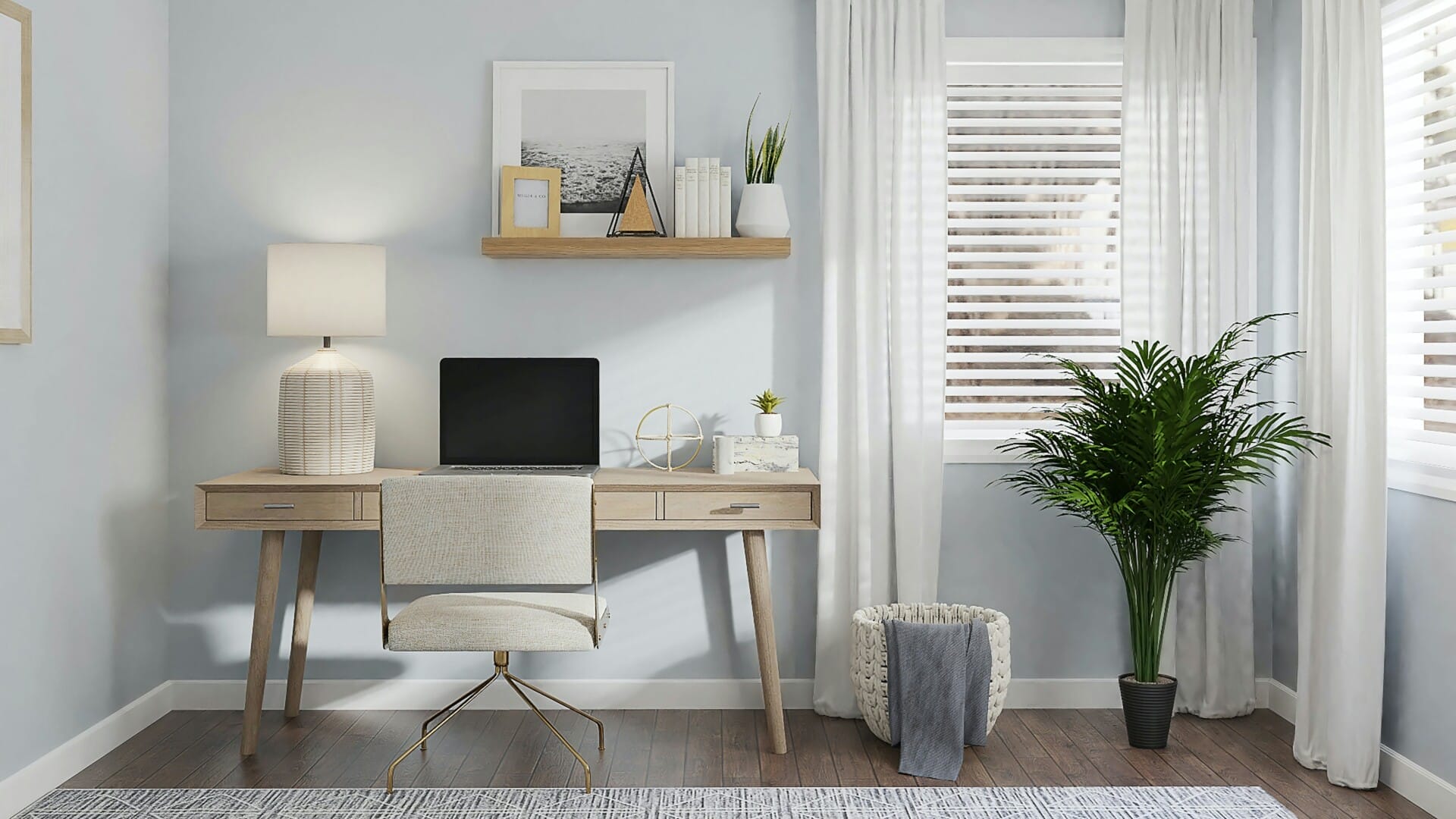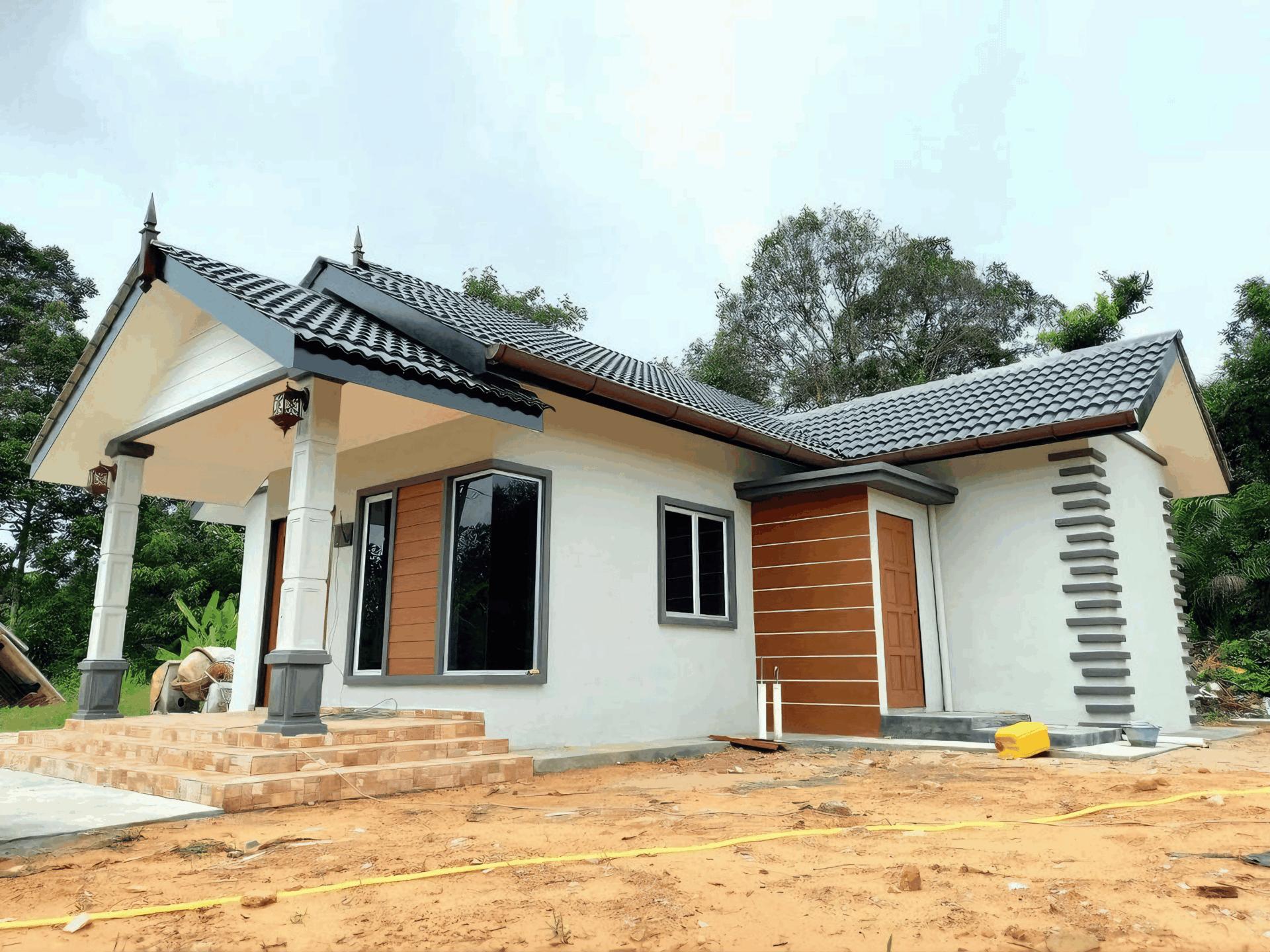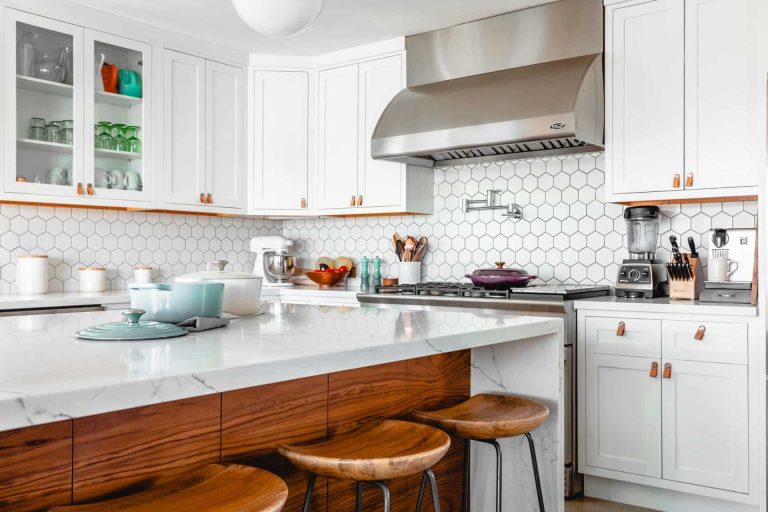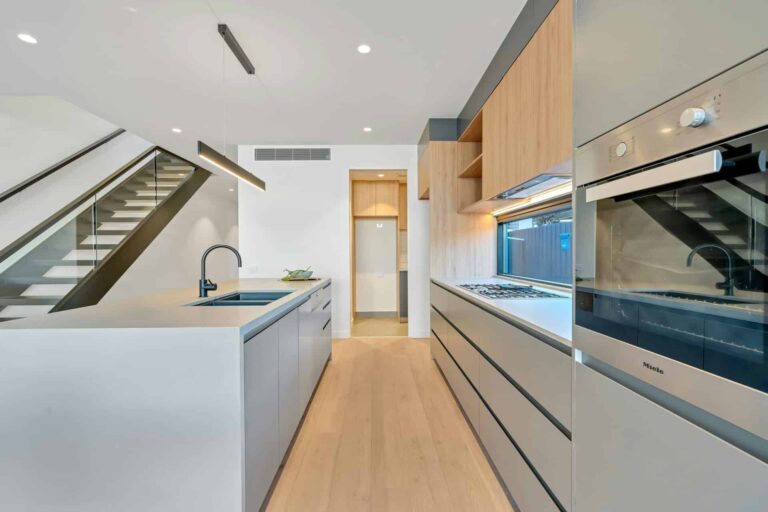So, you’ve finally done it! After months of house hunting, endless paperwork, and the excitement of securing your dream home, you’re just a heartbeat away from moving in. But hold on a second—before you grab that moving truck and kick back on the sofa with a cup of teh tarik, there’s one crucial step you shouldn’t overlook: the final inspection!
Picture this: you’ve got your heart set on that cozy corner of your new living room, but a quick glance reveals a leaky pipe making it more of a water feature than a cozy nook. Yikes! Skipping the final inspection can lead to a world of headaches down the line, from costly repairs to ignored issues that could’ve been fixed before you made the big move. So, let’s dive into why this little step at the end of your home-buying journey is not just a formality but a ticket to peace of mind. Trust us, you’ll thank yourself later!
The Importance of a Thorough Final Walkthrough
Completing a thorough inspection of your new home before moving in is crucial for ensuring everything is up to par. It’s your final opportunity to catch any issues that might have been overlooked during earlier visits. Not only does this step provide peace of mind, but it can also save you a lot of headaches down the road. Imagine finding a leaky faucet or malfunctioning thermostat after you’ve already settled in—it’s not a pleasant scenario! By conducting this walkthrough, you can feel confident that your new space is ready for you.
During your final inspection, it’s important to focus on various aspects of the property. Here’s a quick list of what to pay attention to:
- Structural Integrity: Check for any cracks in the walls or ceilings.
- Plumbing: Turn on faucets and flush toilets to ensure everything is functioning properly.
- Electrical Systems: Test light switches and outlets to confirm they are operational.
- Appliances: Make sure all included appliances are in good working condition.
- Cleaning: Assess the cleanliness of the property; be sure it’s move-in ready.
We recommend keeping a checklist to ensure nothing important slips through the cracks. It might even be helpful to set up a simple table to track any issues you find:
| Issue Found | Location | Notes |
|---|---|---|
| Leaky faucet | Kitchen | Requires immediate attention |
| Broken tiles | Living Room | Need to replace |
| Faulty light switch | Bedroom | Check wiring |
By documenting any discrepancies, you can address them with the seller before the purchase is finalized. This approach not only fortifies your position as a buyer but also paves the way for a much smoother transition into your new home. Remember—this is the last chance to catch any unseen problems, and being diligent now can help you avoid costly repairs later.

Common Issues to Look for During the Inspection
When you’re gearing up for the big move into your new home, it’s easy to feel overwhelmed and just want to get settled. However, taking the time to inspect your new space can save you from headaches later. Start by checking all plumbing fixtures. Look for leaks under sinks and around toilets. Don’t forget to flush toilets multiple times to ensure they’re functioning properly. A single leak can lead to significant water damage and costly repairs if left unnoticed.
Next, give special attention to electrical outlets and switches. It’s crucial to make sure everything is in working order. Test each outlet with a plug-in device to verify it’s functioning. Notice any flickering lights? That could indicate wiring issues. Not only does this impact your day-to-day comfort, but faulty wiring could pose serious safety risks that you’d want to avoid.
assess the walls, ceilings, and floors for any signs of damage. Look for signs of water stains, cracks, or peeling paint that might suggest issues with insulation or previous water damage. Pay particular attention to the flooring—if you see warped or uneven areas, this could be a sign of underlying moisture problems. Properly addressing these areas during your final inspection can help ensure you step into a safe and secure environment.
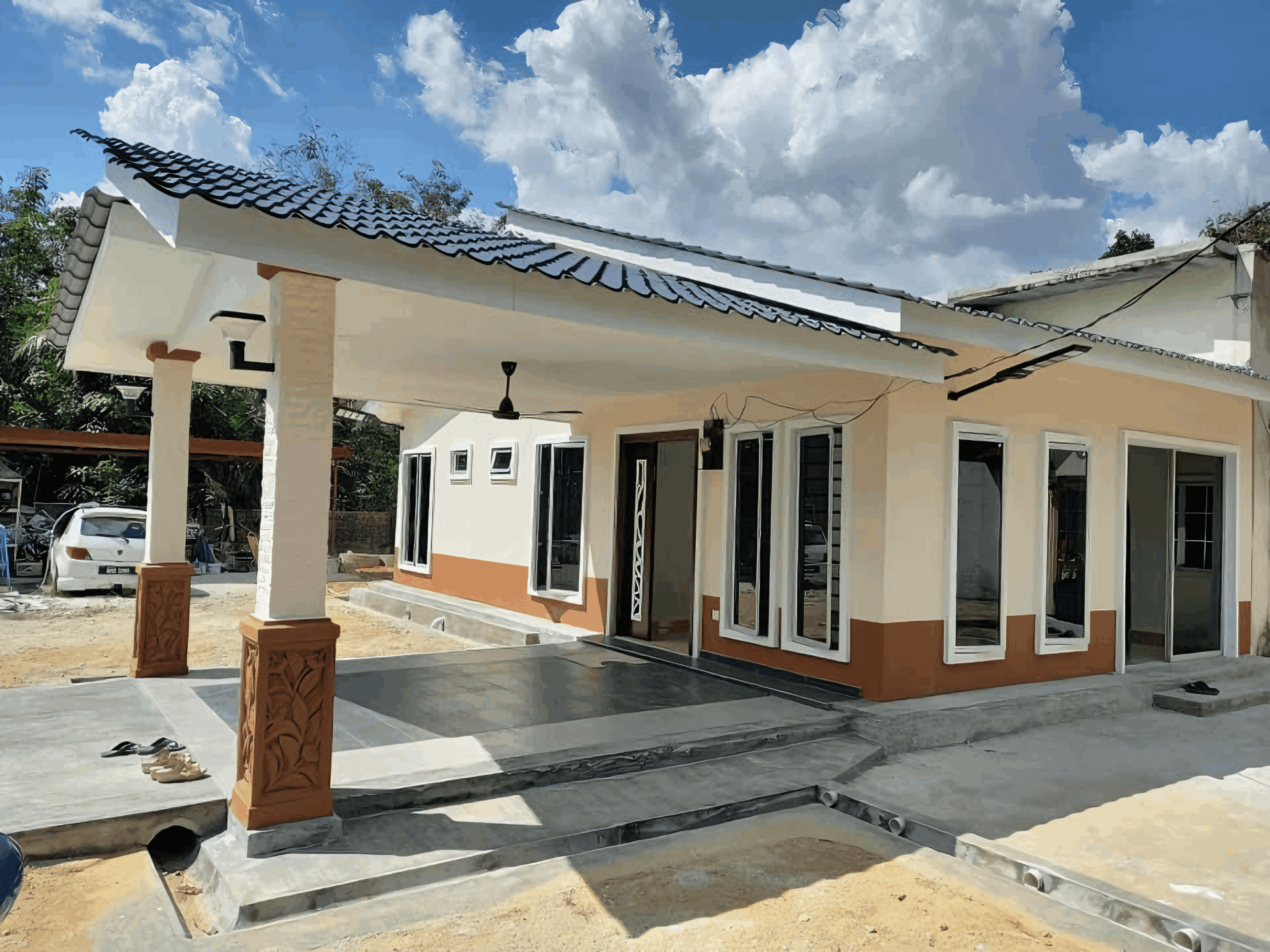
Understanding the Homes Systems: What to Check
When you step into your new home, keep in mind that it’s not just about the aesthetic appeal; behind the pretty curtains and freshly painted walls are vital systems that need your attention. First off, check the electrical system. Make sure all outlets work, lights turn on smoothly, and there are no signs of flickering. If you notice anything odd, it might be wise to call in a professional to inspect the wiring. Remember, safety first!
Next up, don’t forget to evaluate the plumbing system. A simple test can save you from a major headache down the road. Turn on taps, flush toilets, and check under sinks for leaks. Also, examine water heater functionality. It’s crucial to ensure there’s no dampness or mold lurking in unexpected corners, as these can lead to bigger issues that are costly to fix.
take a good look at the HVAC (Heating, Ventilation, and Air Conditioning) system. In Malaysia’s humid climate, having a fully functional air conditioning system is essential for comfort. Check that the cooling and heating systems work properly; listen for any unusual noises. Regular maintenance for these systems is key, so don’t hesitate to ask for service records or consider getting a certified technician to assess their condition before you commit to living there.
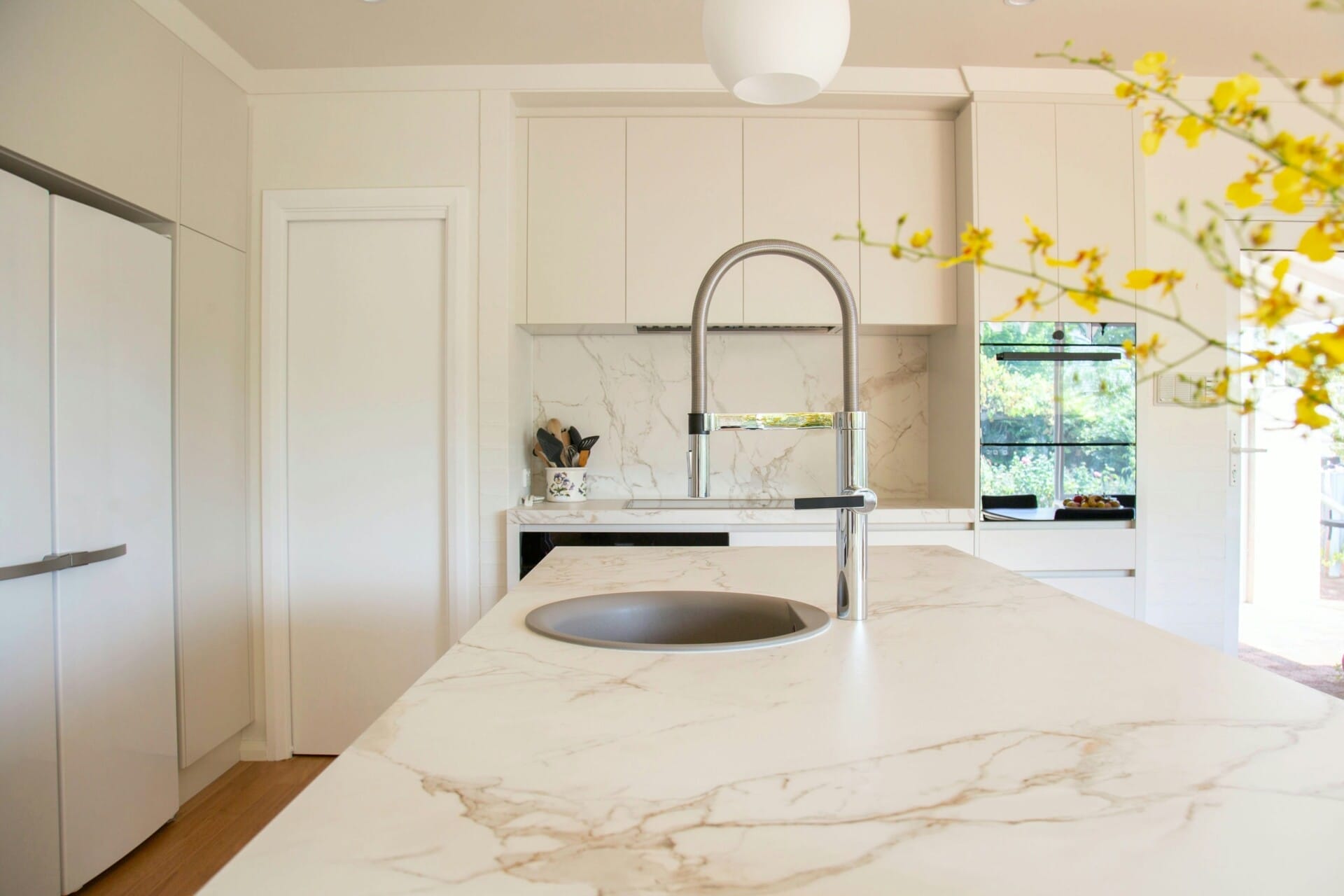
Making the Most of Your Inspection Time
When you’re finally ready to take the plunge into your new home, that final inspection time is like a rite of passage. It’s your moment to put on your detective hat and ensure everything’s just as it should be. Before you step into your new abode, jot down a list of things to look for. Here are some essential points to cover:
- Structural Integrity: Check for any cracks in walls or ceilings.
- Utilities Check: Turn on all taps, lights, and appliances to make sure they work.
- Safety Features: Inspect smoke detectors, fire alarms, and locks.
- Cleanliness: Ensure the house is clean and pest-free.
- Documentation: Verify all repairs have been completed as per agreements.
Engaging with your home on a sensory level is crucial too. Pay attention to sounds, smells, and even temperature. This can often reveal more than just a visual inspection. For instance, a musty smell could indicate hidden water damage, while odd sounds might suggest plumbing issues. Keep a small notebook handy to jot down any concerns that pop up during your walk-through, ensuring nothing slips through the cracks.
Lastly, consider enlisting a professional inspector if you’re unsure about certain aspects. Investing in a proper inspection can save you from disappointments later on. If you decide to go this route, make sure to coordinate with your inspector on the specific areas you want to focus on. Here’s a simple table you can use to map out your inspection priorities:
| Inspection Area | Priority Level | Comments |
|---|---|---|
| Roof and Gutters | High | Look for signs of wear and leaks. |
| Electrical System | High | Ensure all outlets and switches function properly. |
| HVAC System | Medium | Check if the heating and cooling systems are operational. |
| Basements and Attics | Medium | Look for signs of moisture or mold. |

The Role of Your Real Estate Agent in Final Checks
When it comes to the final inspection of your new home, having a real estate agent by your side can make all the difference. They are not just there to help you find a property or negotiate the price; their role extends to ensuring that everything is in order before you make your big move. A seasoned agent knows what to look for and can help you identify any potential issues that could turn into costly repairs down the line.
Your agent will typically prepare a checklist of essential areas to inspect, which may include:
- Structural Integrity: Checking for cracks in walls or ceilings
- Appliances: Ensuring all appliances are functioning as promised
- Fixtures: Testing lights, faucets, and other fixtures for leaks or malfunctions
- Pest Inspection: Looking for signs of pest infestations
Moreover, your agent can also assist in communicating findings to the seller. If they encounter any issues during the final inspection, they can negotiate on your behalf for repairs or price adjustments. This way, you’re not just left to navigate these challenges alone. Having a knowledgeable real estate professional ensures that you’ll be stepping into a new home that meets your expectations and avoids any unwelcome surprises after you’ve signed on the dotted line.
Documenting Your Findings for Smooth Resolutions
When you’re nearing the end of your house-hunting journey, it’s easy to feel overwhelmed with excitement. However, stepping into your new home without thoroughly documenting your findings is a recipe for potential pitfalls. Grab your notepad or tablet and make sure to jot down everything you notice during the final inspection.
Focus on key areas that are the essence of any home, including:
- Structural Integrity: Check for cracks in the walls or uneven floors.
- Utilities: Test the lights, taps, and HVAC systems to ensure they’re functioning well.
- Appliances: Confirm all included appliances are in tip-top shape.
- Safety Features: Look for smoke detectors, carbon monoxide sensors, and fire extinguishers.
Once you’ve gathered all your notes, consider organizing your findings in a sleek table format for easy reference. Here’s a simple example:
| Item | Status | Notes |
|---|---|---|
| Living Room Walls | Good | No visible cracks |
| Kitchen Appliances | Needs attention | Microwave not working |
| Bathrooms | Good | No leaks |
Tracking your notes can significantly streamline the resolution process for any issues that pop up after moving in. By having a clear record of what you discovered, you’ll be in a much better position to address any concerns with the seller or your real estate agent. This proactive approach protects your investment and ensures your transition into your new home is as smooth as possible.
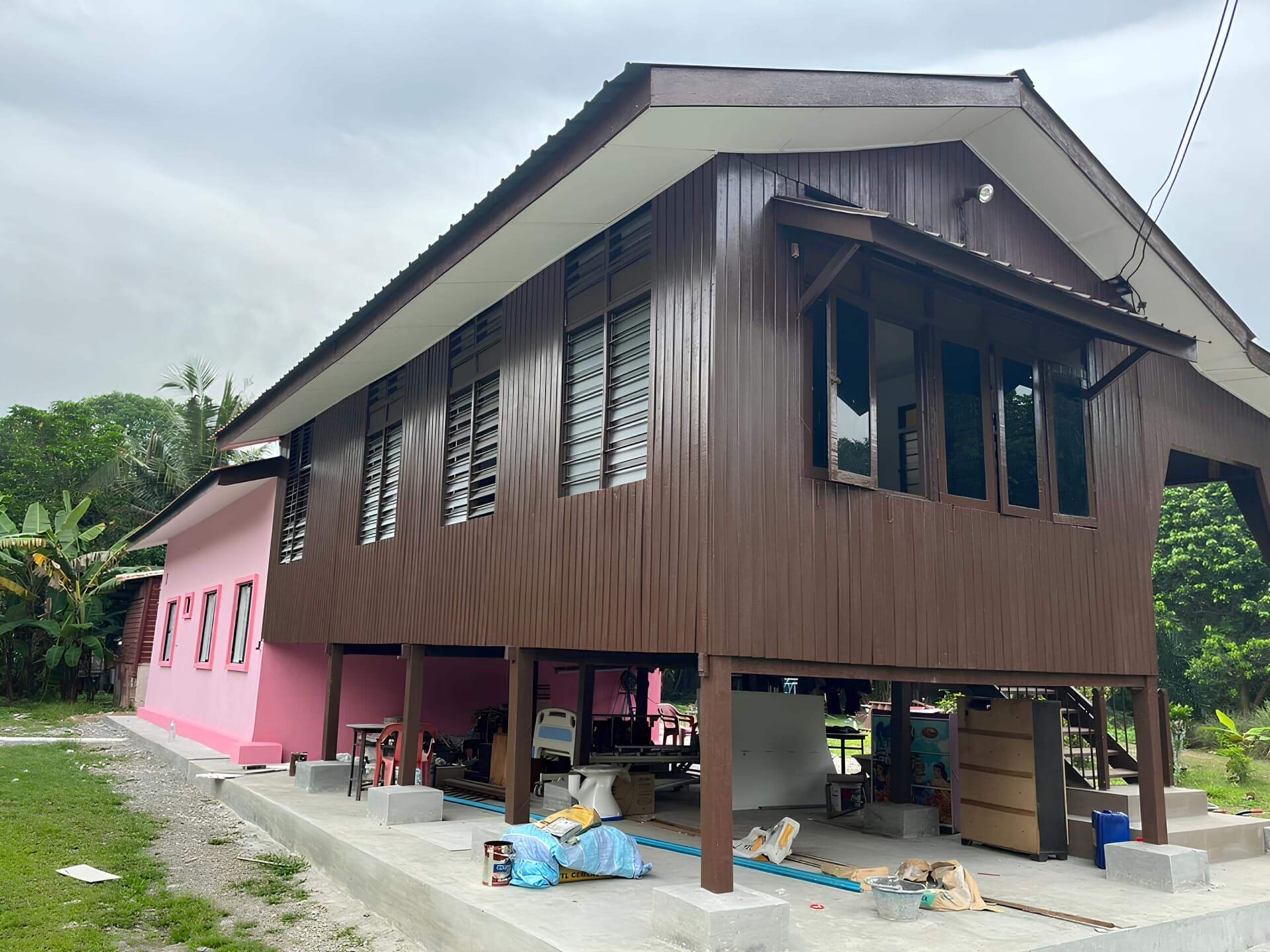
Creating a Moving-In Checklist: Essential Items to Include
When moving into a new home, having a checklist is like having a compass on a road trip; it keeps you on the right path! Start with the fundamental items you’ll need as soon as you walk through the door. This could include necessities like cleaning supplies, to make sure your space is fresh, as well as kitchen essentials like pots, pans, and cutlery for those first meals. Don’t forget the often overlooked items such as bedding and towels; there’s nothing quite like curling up after a long day of unpacking!
Next up, think about your comfort and security. A good night’s sleep relies on some essential items. Make sure to have light bulbs, additional batteries, and first-aid kits handy, just in case. You may also want to jot down items like extension cords or power strips for setting up electronic devices right away. And let’s not forget a few personal touches; decor items or any sentimental pieces can help turn that empty space into a cozy home.
Lastly, consider planning for the unexpected. Include things in your checklist like a toolkit for any last-minute fixes or storage containers for the tidying up process. While it may be tempting to overlook these details amidst the excitement of moving, having a comprehensive checklist ensures that you’re not left scrambling at the last minute. It can help you settle in smoothly, making your new house feel like home from day one!
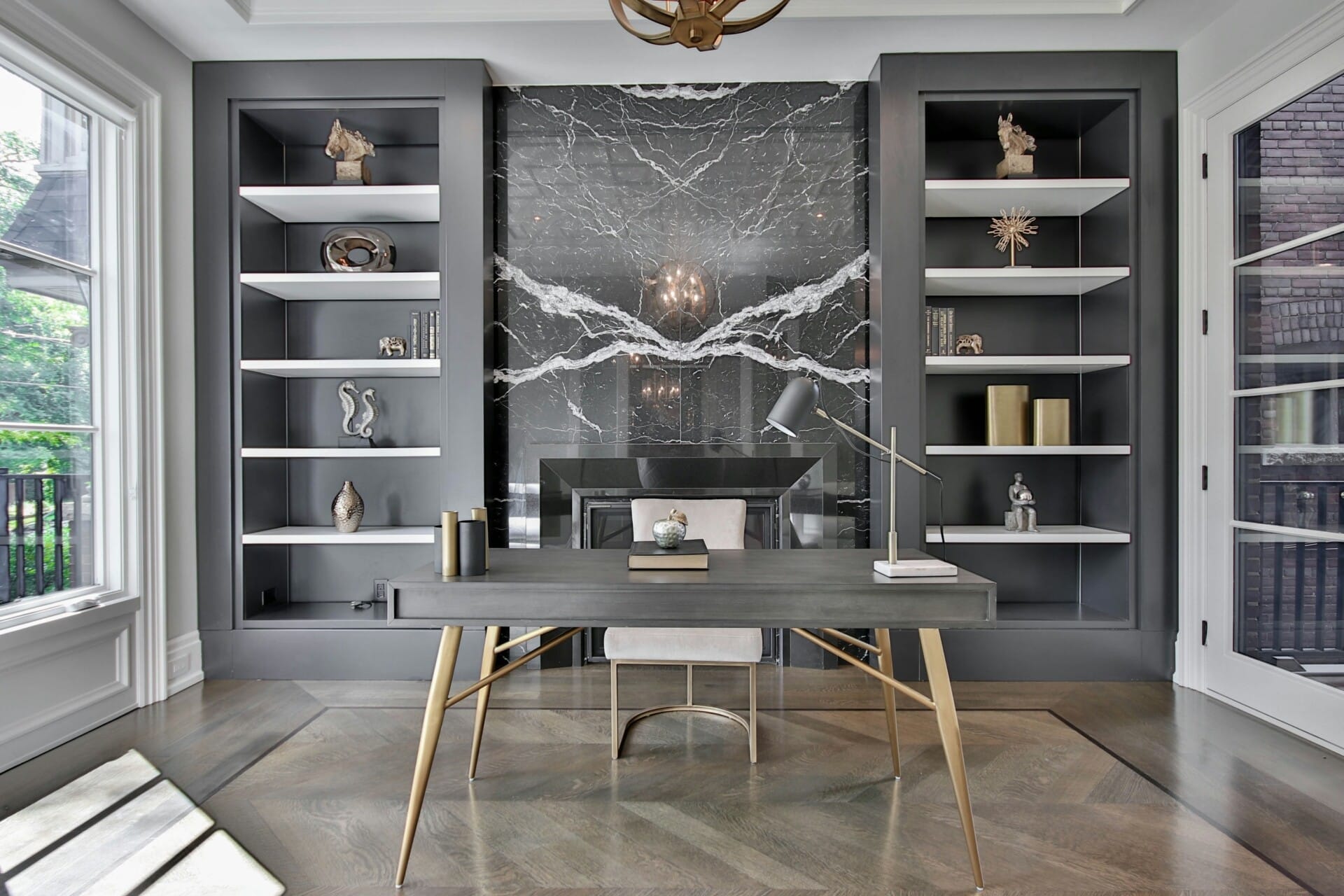
Peace of Mind: How Final Inspections Prevent Future Headaches
When it comes to moving into your new home, skipping the final inspection might feel like a minor oversight. However, neglecting this vital step can lead to a slew of unwelcome surprises down the road. Imagine settling in, only to discover that the plumbing leaks, or there’s faulty wiring lurking behind the walls. A thorough final inspection serves as your safety net, catching potential issues before they become costly headaches.
During the final walkthrough, you can check for things like:
- Structural integrity — Look for any cracks or signs of settling.
- Plumbing — Test all faucets and check for leaks.
- Electrical work — Ensure all outlets and switches function properly.
- Appliances — Confirm that everything promised in the sale is in working order.
To put things into perspective, here’s a quick table to illustrate some common problems found during final inspections and their potential costs:
| Issue | Potential Cost to Fix |
|---|---|
| Leaking Faucet | RM 150 – RM 400 |
| Faulty Wiring | RM 500 - RM 1,500 |
| Broken Appliances | RM 300 – RM 2,000 |
| Structural Cracks | RM 1,000 – RM 5,000 |
By dedicating time to a final inspection, you can uncover these issues early, saving yourself from future stress and unexpected expenses. You’re not just buying a property; you’re investing in peace of mind. Taking this crucial step ensures that your new home is not only what you envisioned but also a sturdy foundation for years to come.
Wrapping Up
As we wrap up this chat about why skipping the final inspection before settling into your new home is a big no-no, let’s remember that this last check is like the final piece of a puzzle. It helps ensure everything fits just right and reveals any surprises lurking behind the walls or under the floorboards.
So, whether you’re moving into a cozy apartment in Kuala Lumpur or a charming bungalow in Penang, give yourself that peace of mind. Take a little extra time to inspect every corner, test those taps, and check those electrical outlets. You’ll thank yourself later when you’re enjoying your new space without worry.
Home is where the heart is, and it deserves just as much attention in the final stretch as it did in the search. Happy moving, and here’s to new beginnings—just make sure they start off on the right foot!